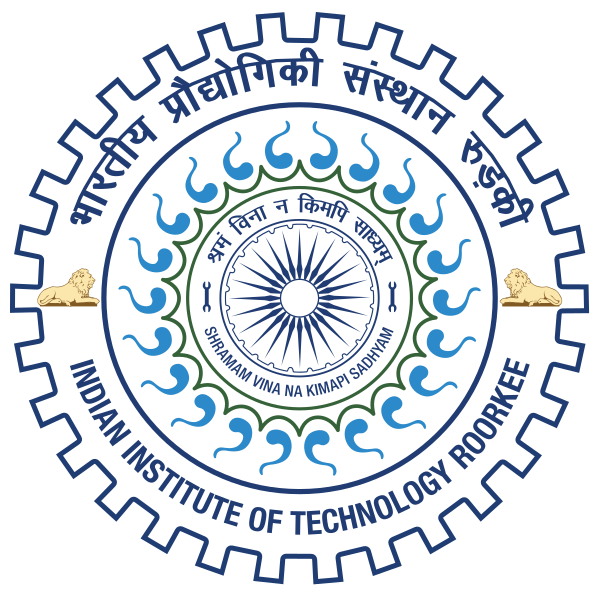Please use this identifier to cite or link to this item:
http://localhost:8081/jspui/handle/123456789/16027| Title: | COMPUTATIONAL MODELING OF HUMAN HEAD TO STUDY TRAUMATIC BRAIN INJURY |
| Authors: | Sharma, Deepak |
| Keywords: | Traumatic Brain Injury (TBI);Road Traffic;Rotational Acceleration;Traumatic Brain Injury |
| Issue Date: | May-2019 |
| Publisher: | IIT ROORKEE |
| Abstract: | Traumatic brain injury (TBI) is a major health concern, conservative estimates indicate that nearly 1.6 million people suffer from TBI annually in India. Road traffic accidents and falls are identified as the leading causes of TBI among the Indian population. Knowledge of brain deformations during accelerative or impact loading is critical for the overall management of TBI, including the development of injury thresholds and personal protective equipment. Current helmets provide considerable protection against the linear impact (acceleration), whereas their protection against the rotational accelerations is unclear. Recent investigations suggest that rotational acceleration induced due to rotation of the head is more deleterious than the linear acceleration in causing TBI. Current helmets are neither designed nor tested for rotational loading. During this research, we propose to study mechanics of head rotation under impact loading conditions. We specifically define following two objectives (i) to study the brain biomechanics under rotational loading. (ii) To study the effectiveness of the helmets and different types of foam pads in mitigating head acceleration. A better understanding of mechanics of impact induced injury will enable us to determine the critical parameters that causes brain injury which can lead to reduction in mortality rate in accidents. In normal daily life activities simple movements of body lead to small deformation of brain. When an external object hit the head like punching a boxer or heading a football, severe injuries can occur due to irreversible effects in neural, axonal and vascular structures of the brain. So to identify the deformations during rapid angular acceleration we have done our simulation study with 2 and 3 dimensional models. The effect of helmet is found positive in almost all cases except it increases the rotational acceleration. |
| URI: | http://localhost:8081/xmlui/handle/123456789/16027 |
| metadata.dc.type: | Other |
| Appears in Collections: | MASTERS' THESES (MIED) |
Files in This Item:
| File | Description | Size | Format | |
|---|---|---|---|---|
| G29271.pdf | 2.95 MB | Adobe PDF | View/Open |
Items in DSpace are protected by copyright, with all rights reserved, unless otherwise indicated.

